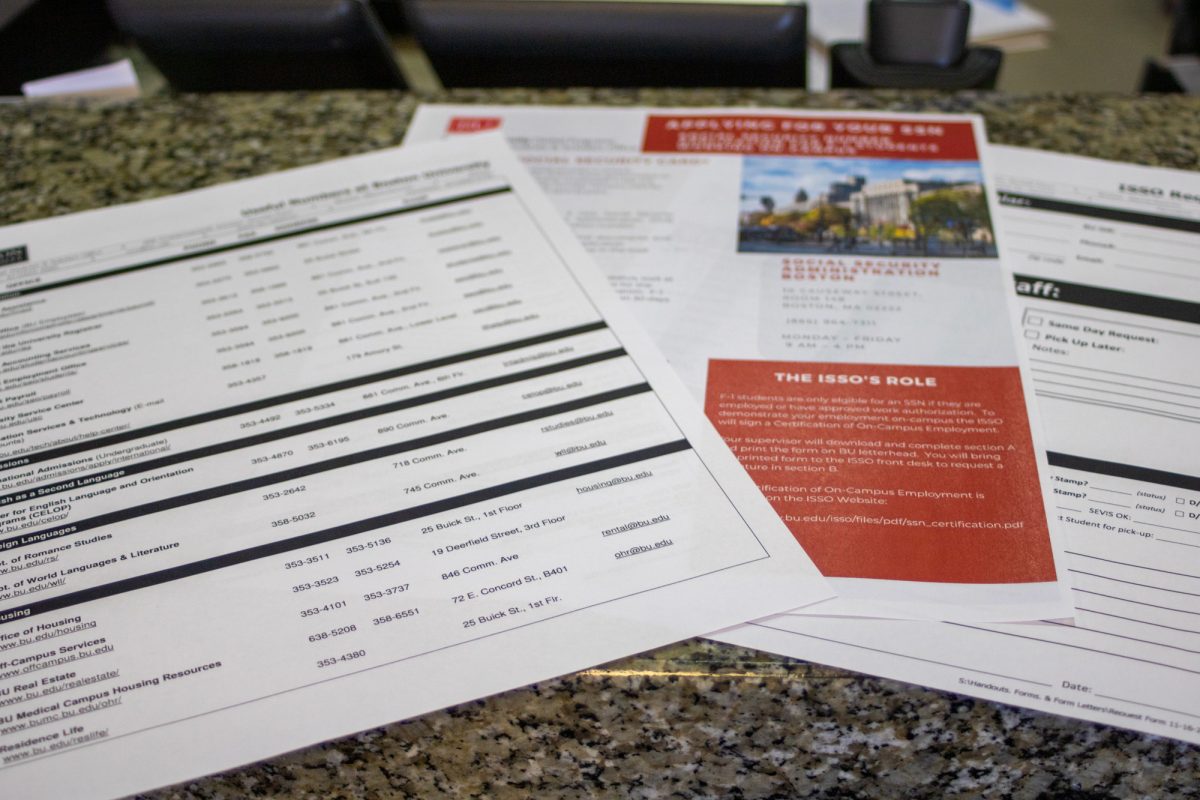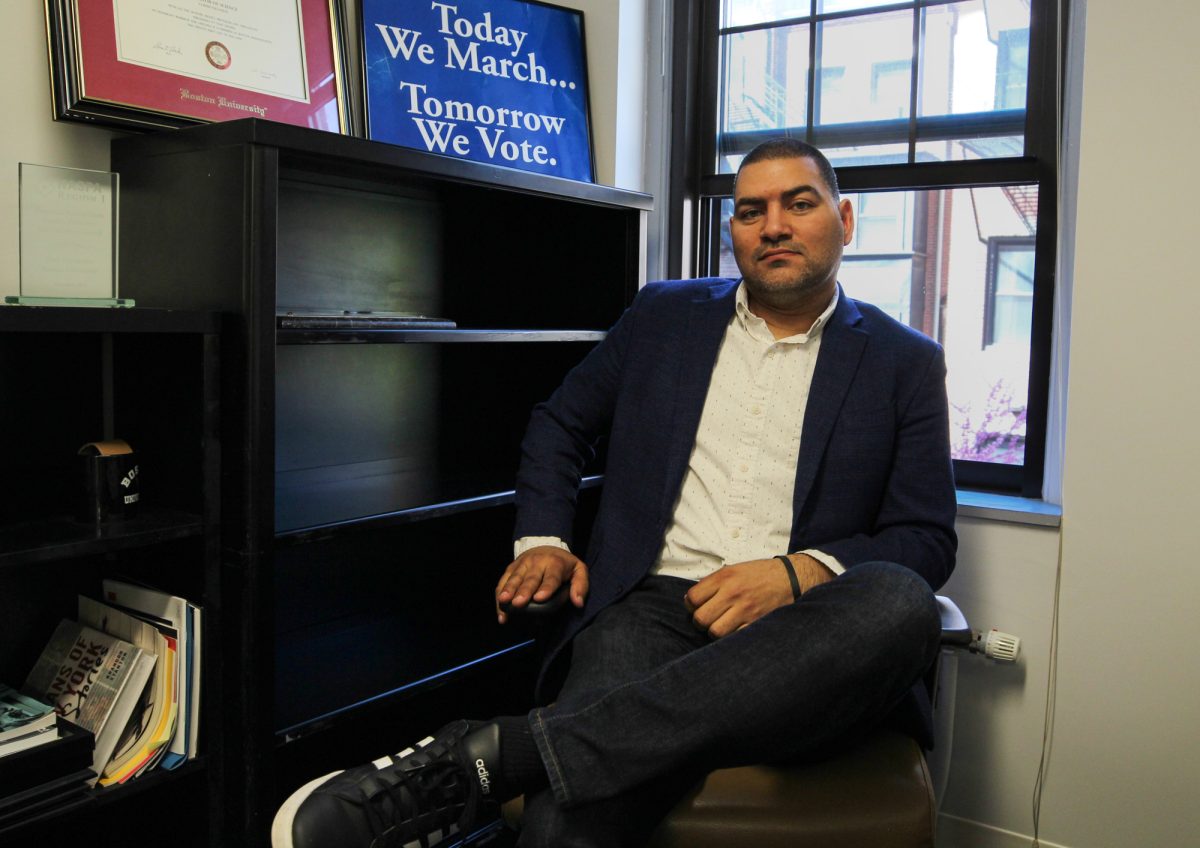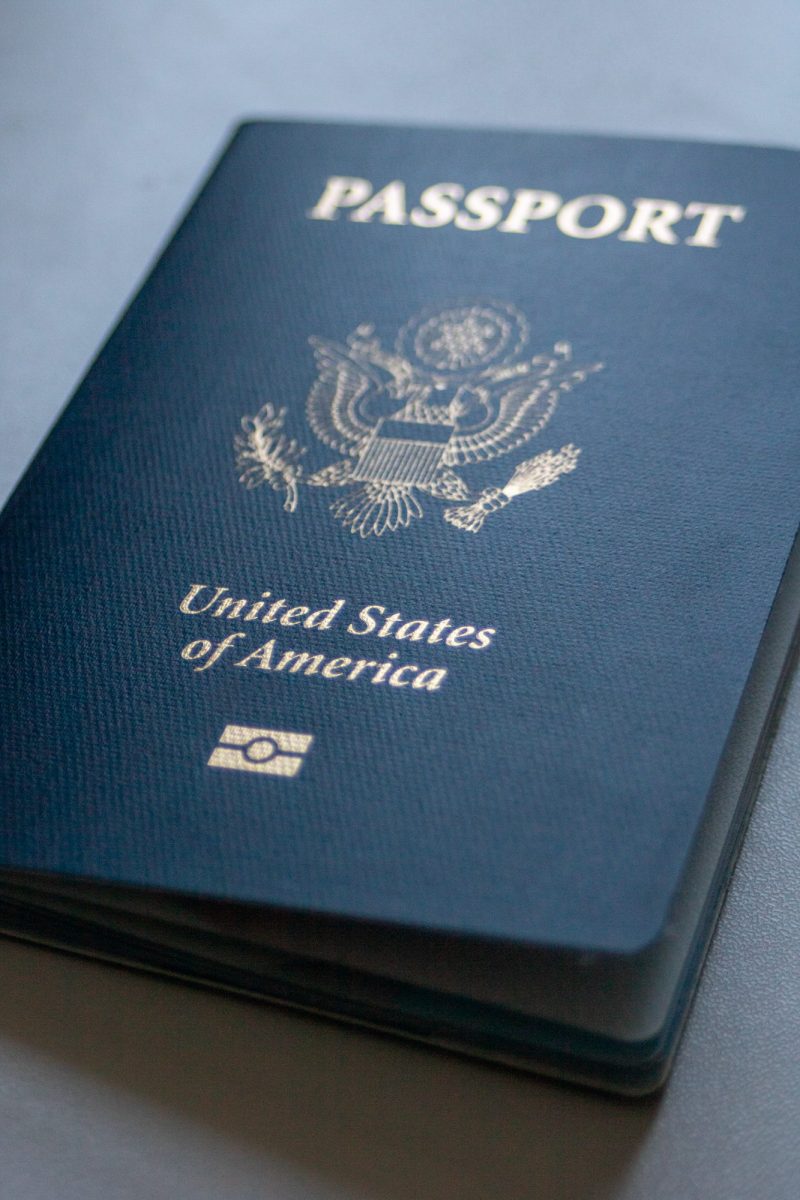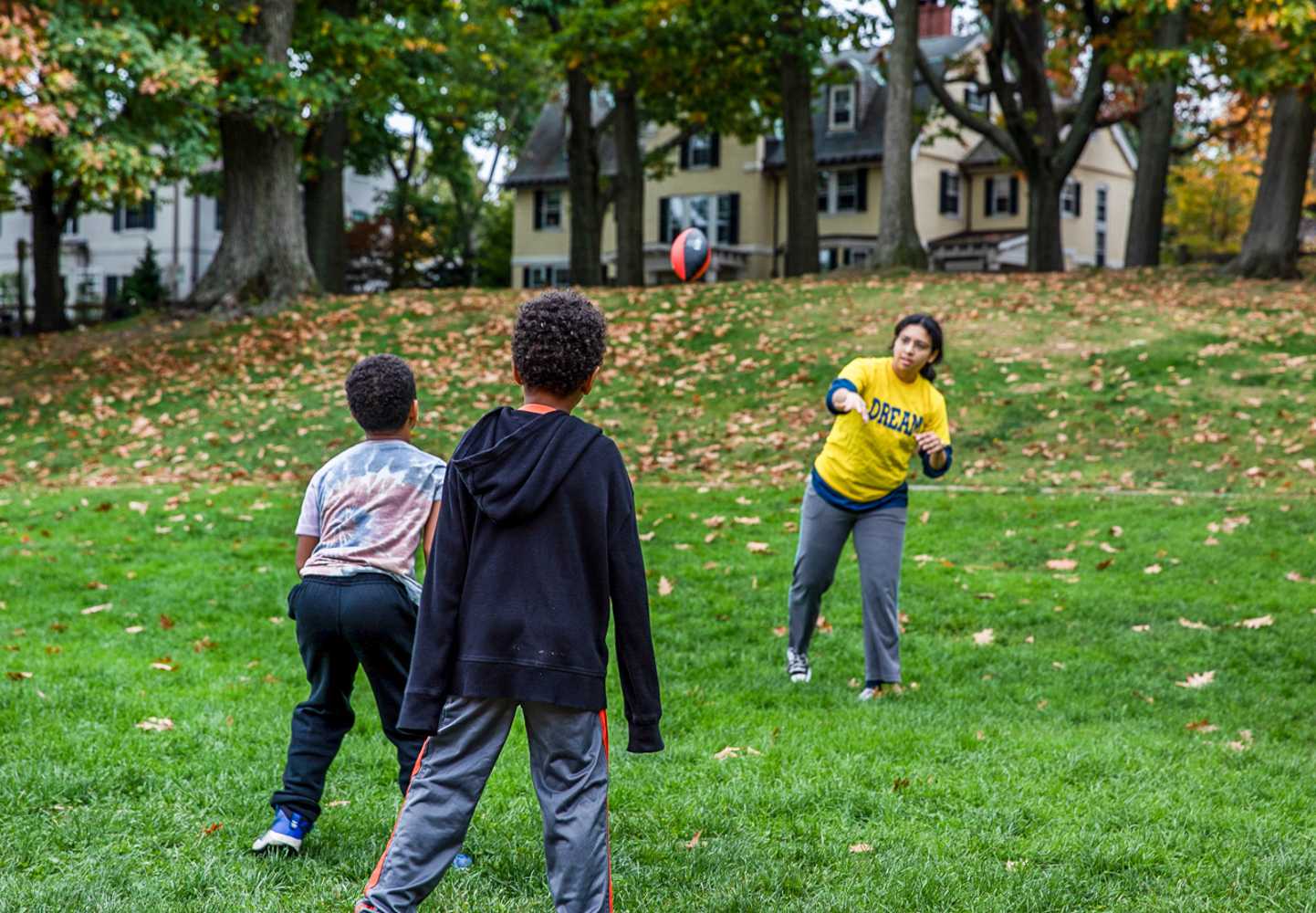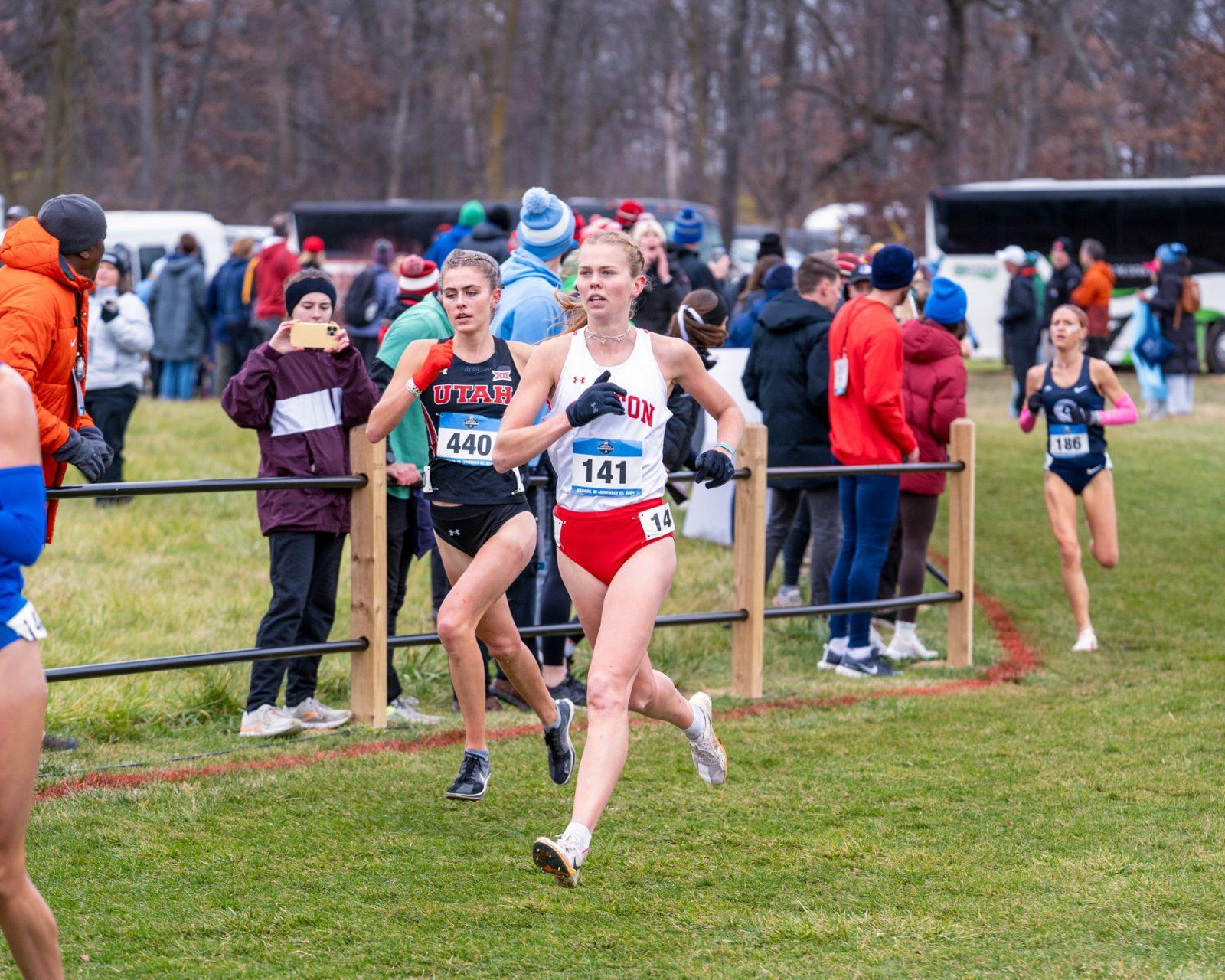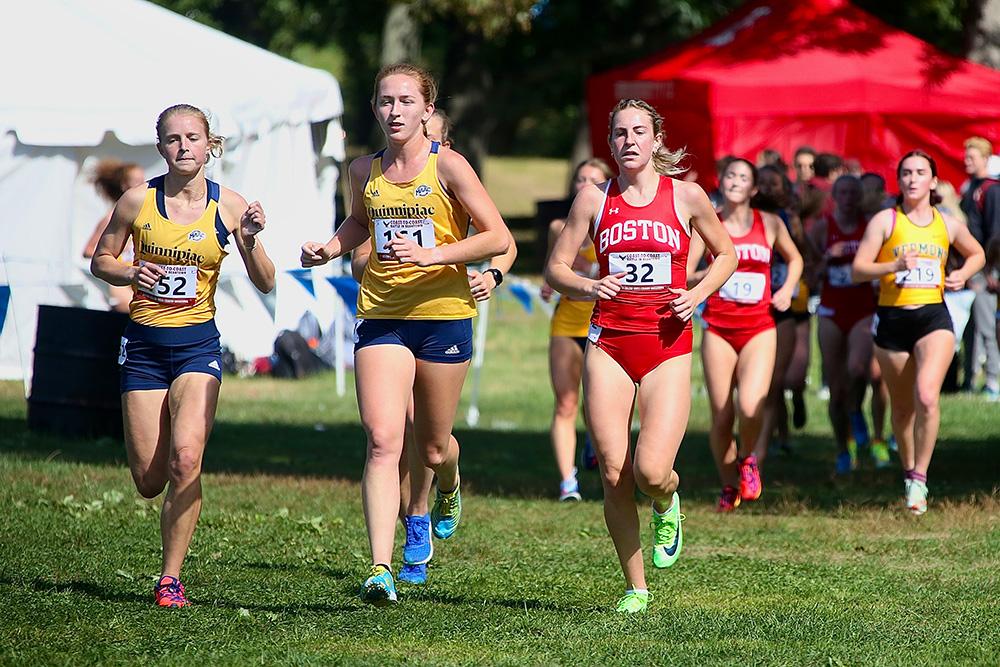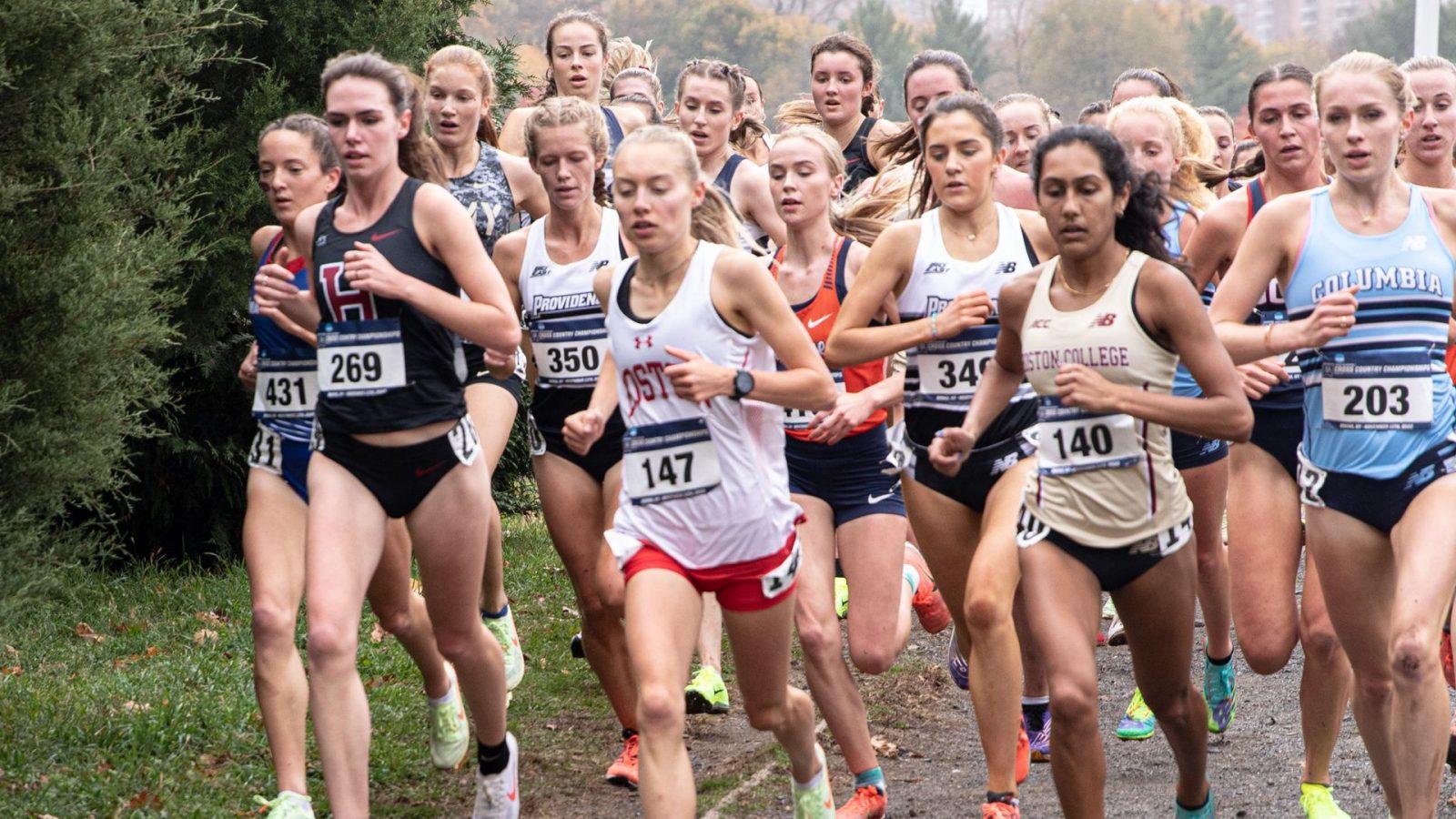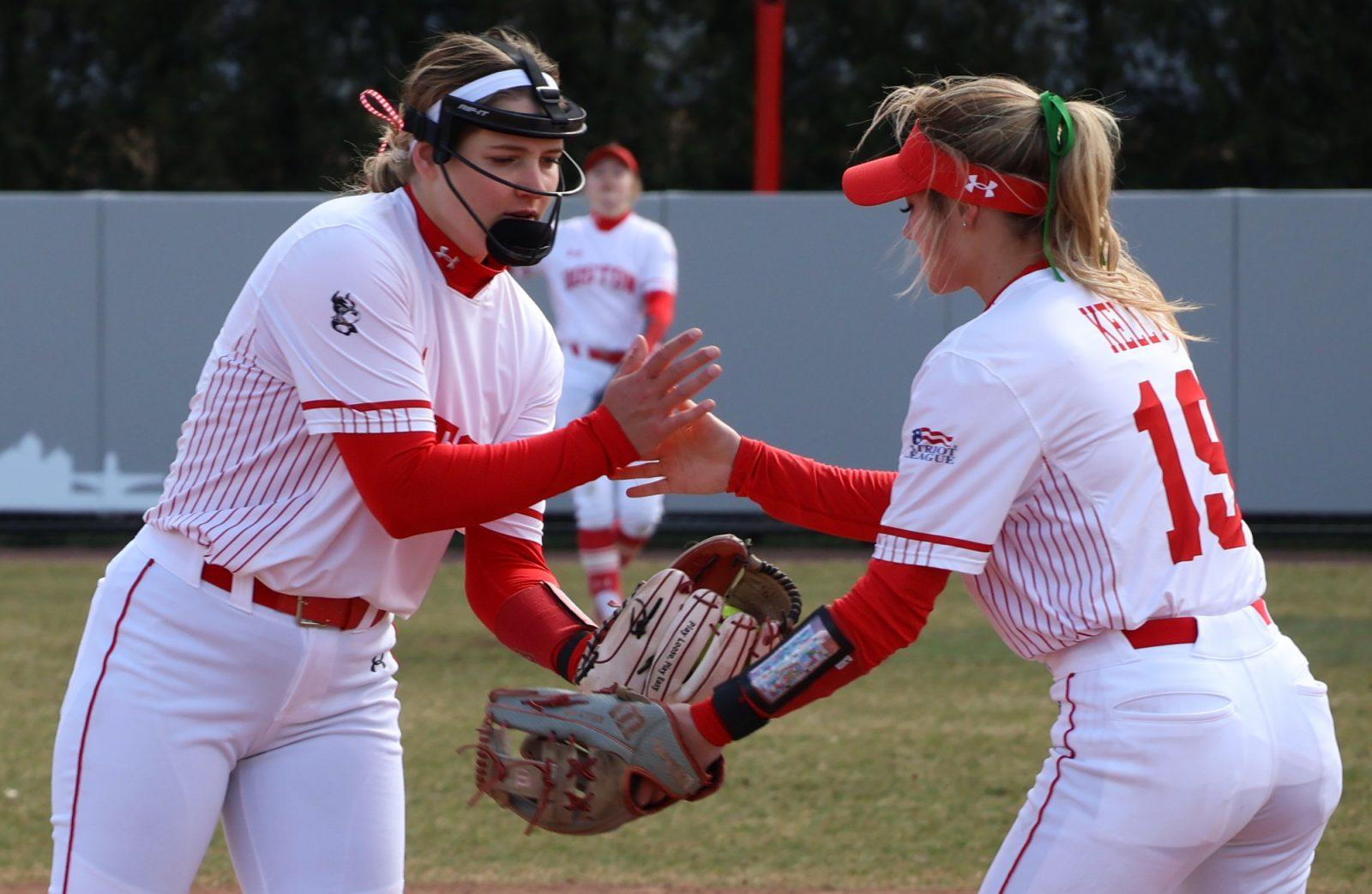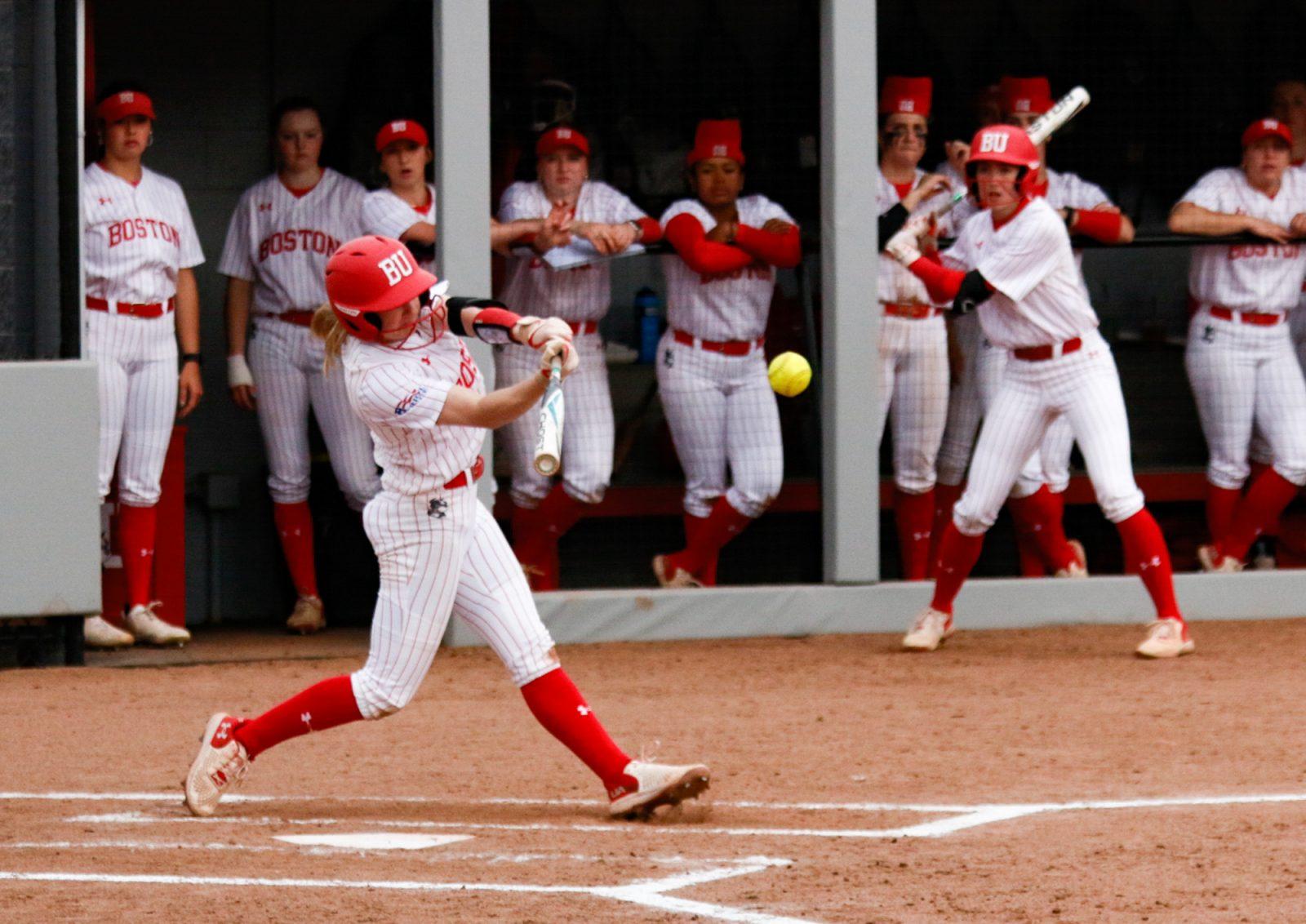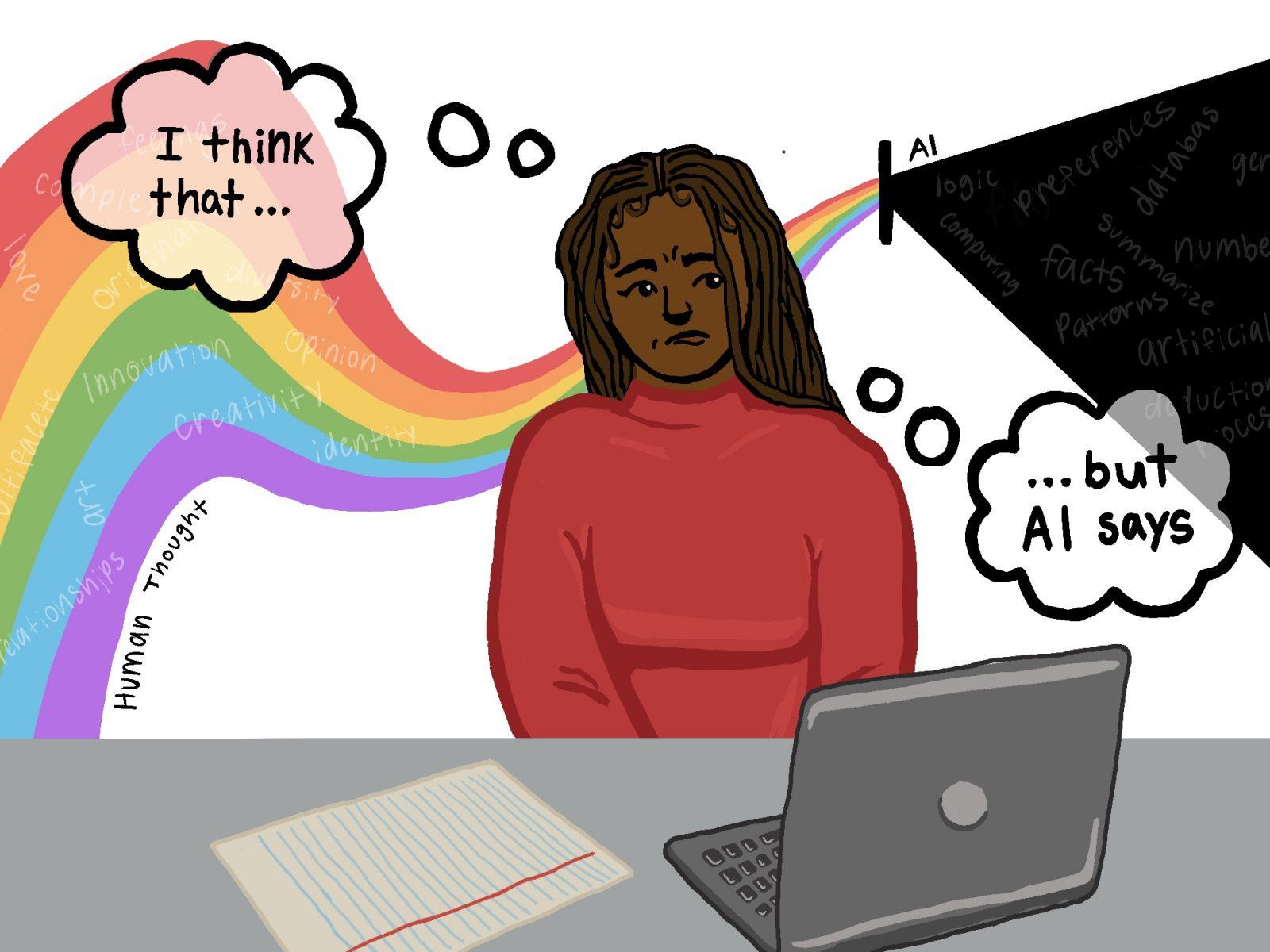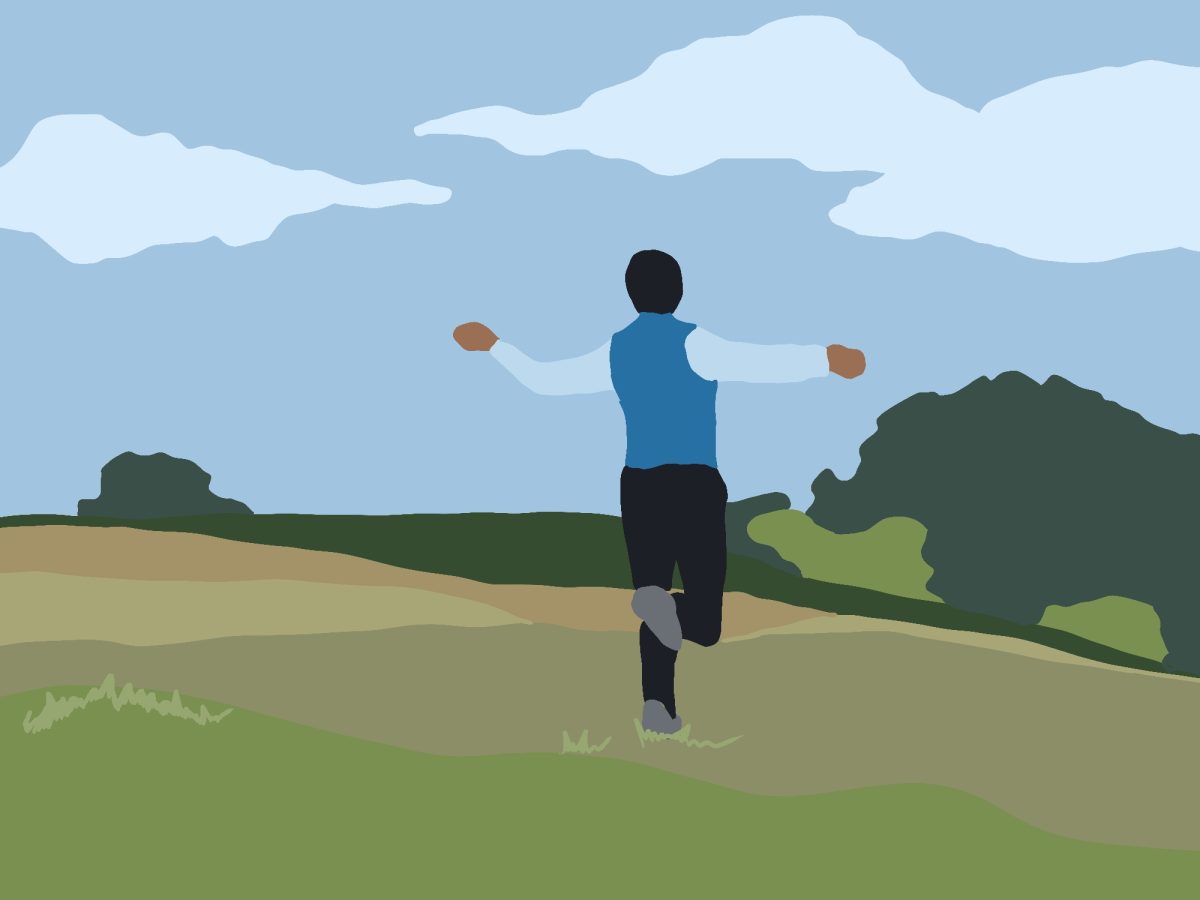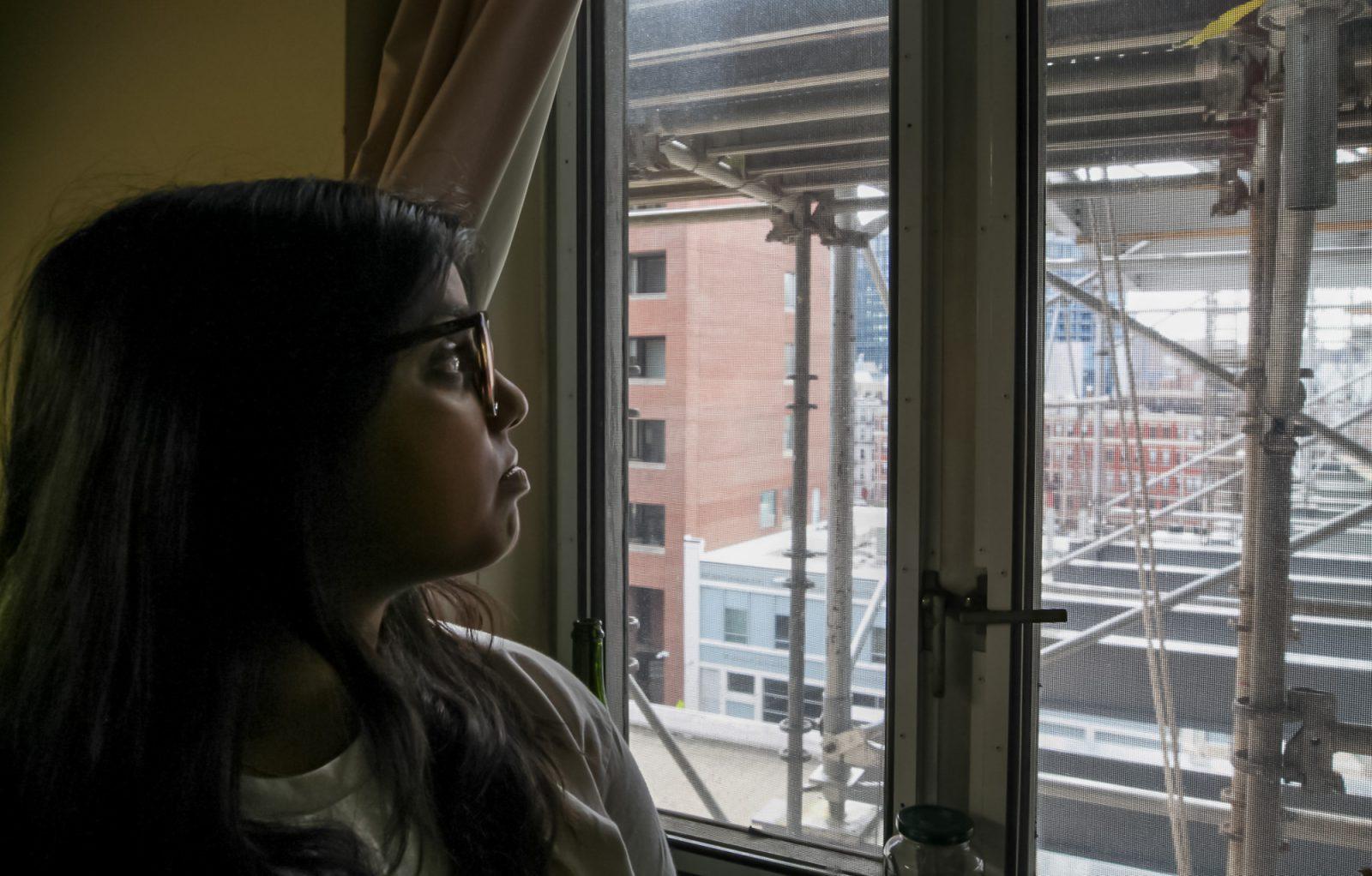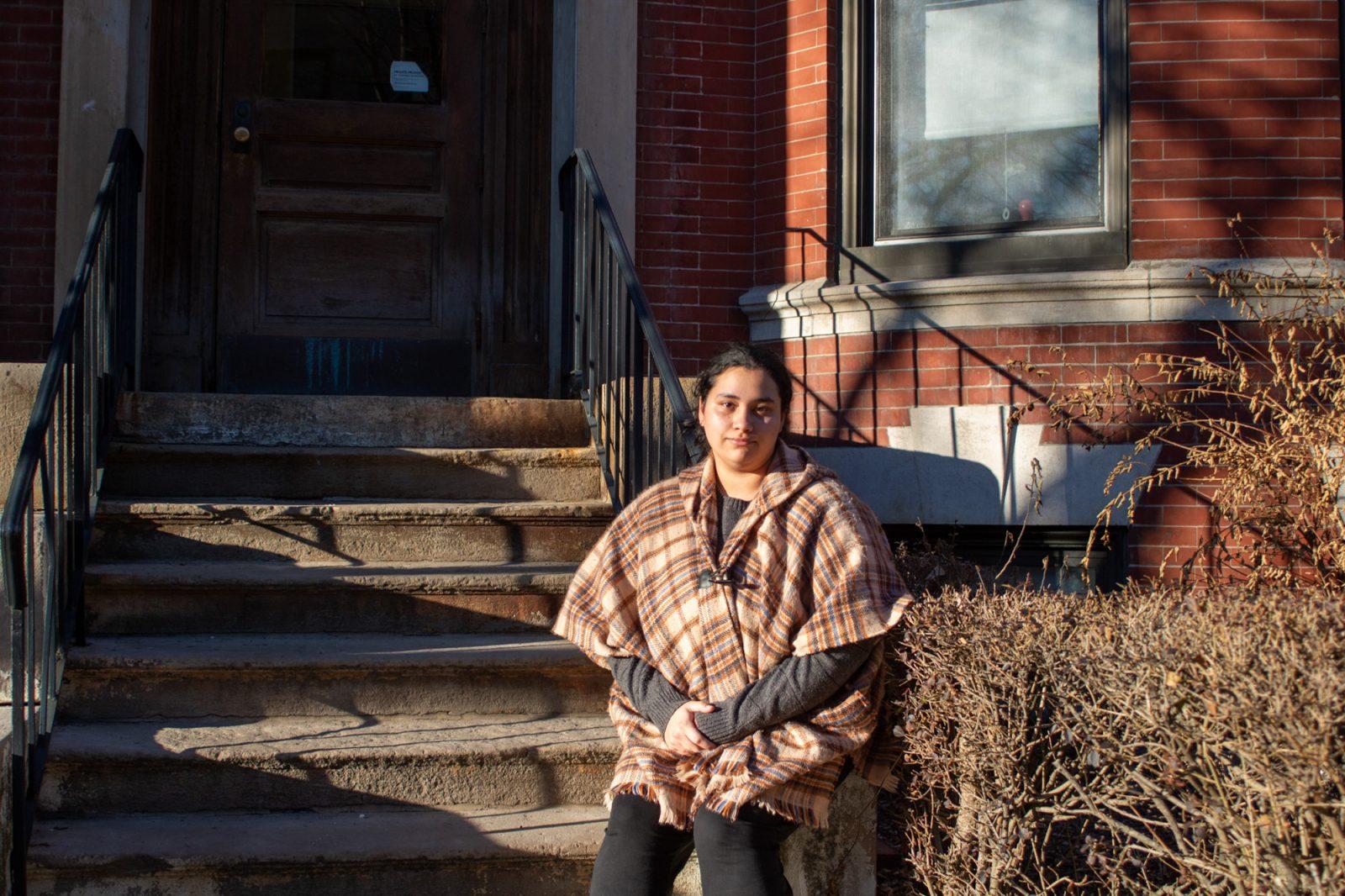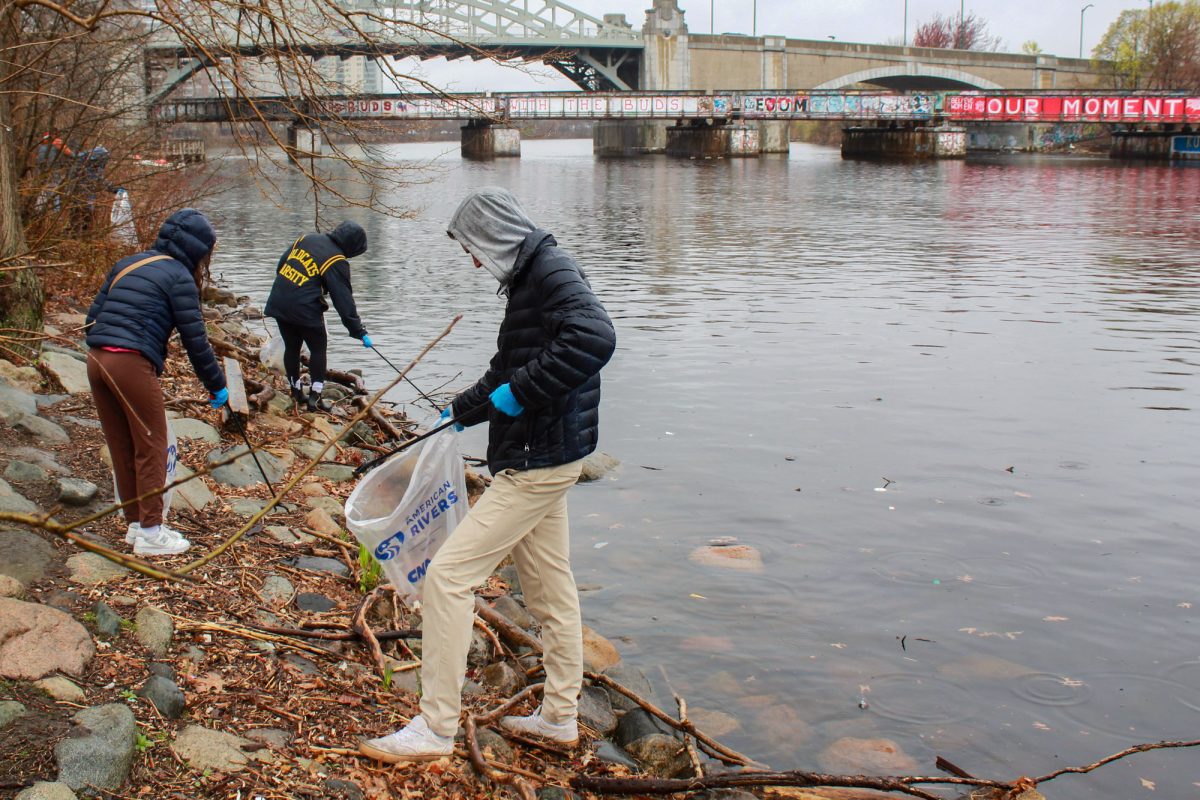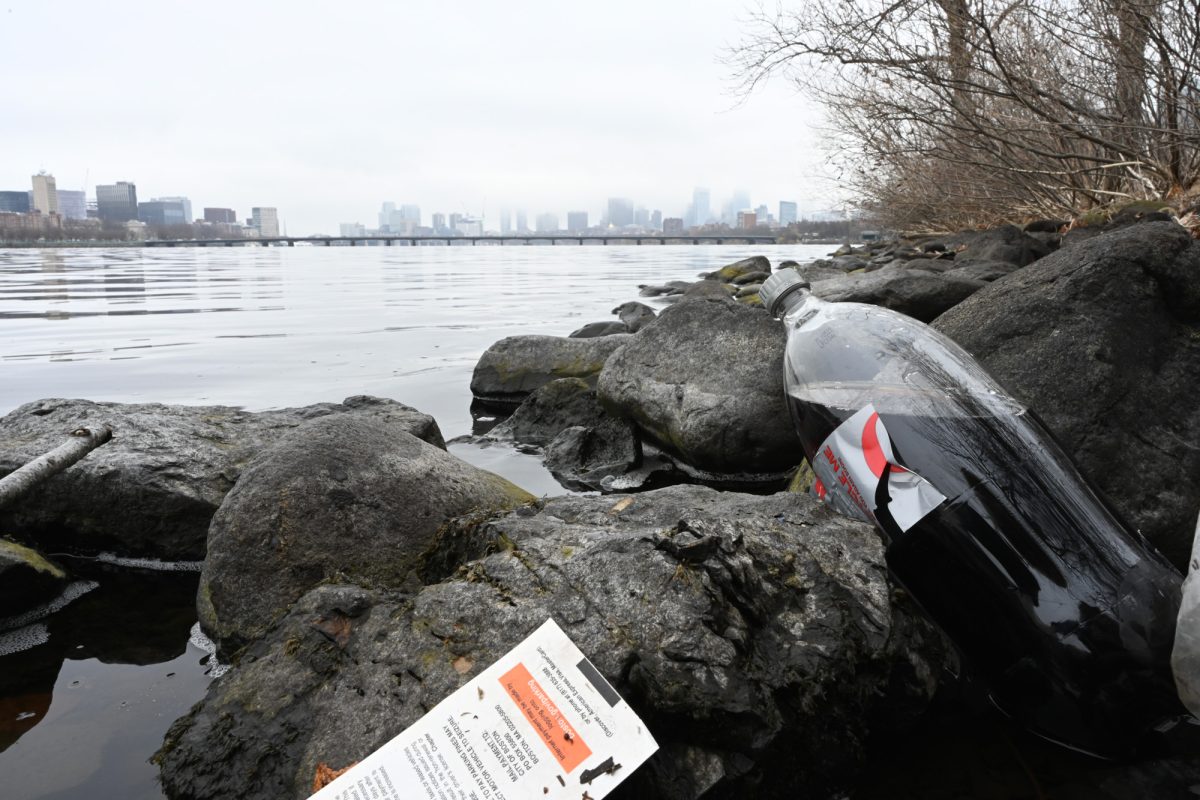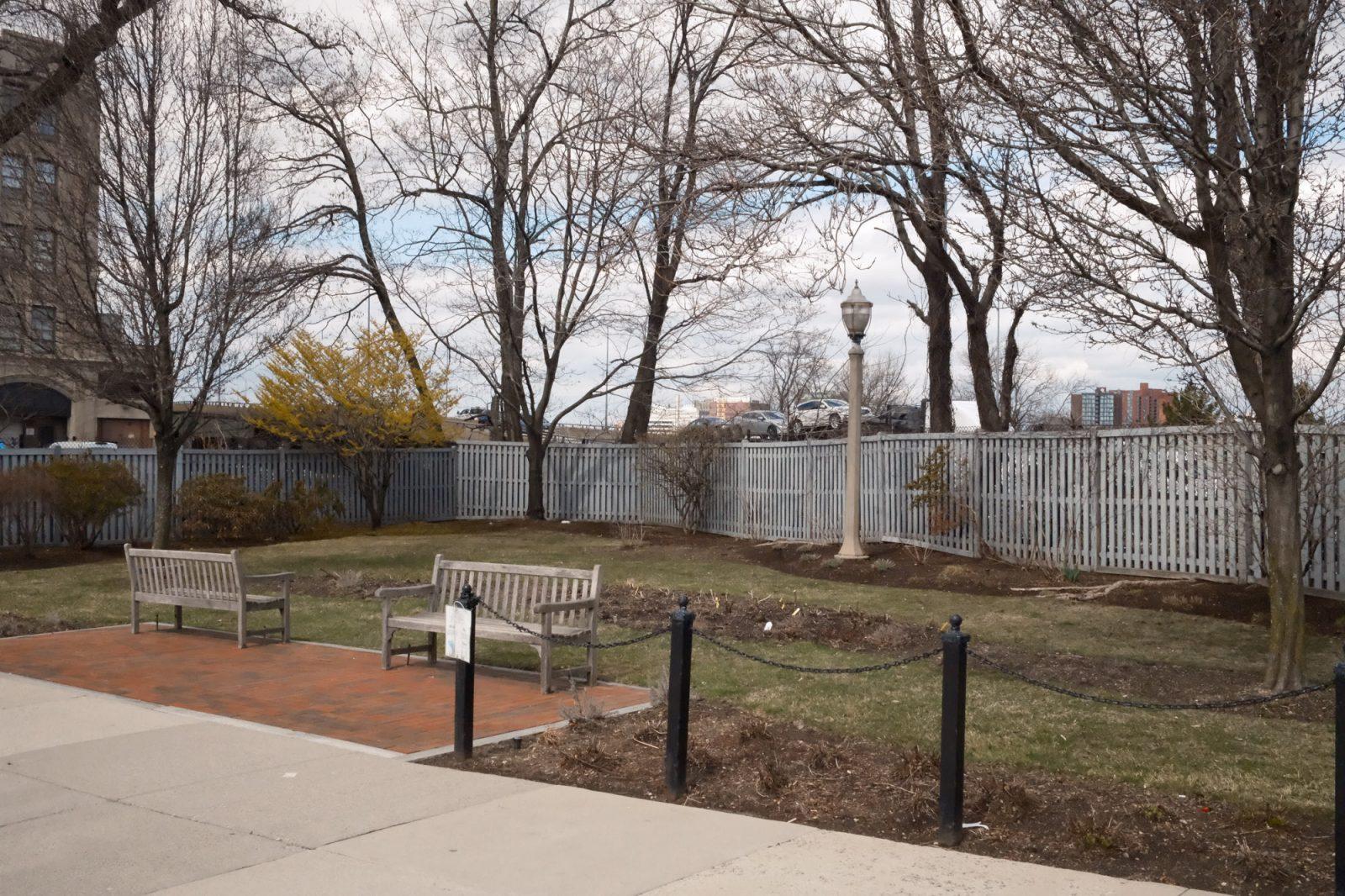Since the COVID-19 pandemic, fears of another widespread outbreak occurring linger — and a recent surge in bird flu cases in Massachusetts is adding to those concerns.
Dozens of dead birds suspected to have bird flu were found in Plymouth Jan. 19. Just five days later, officials closed the D.W. Field Park, in Brockton and Avon, due to similar concerns.
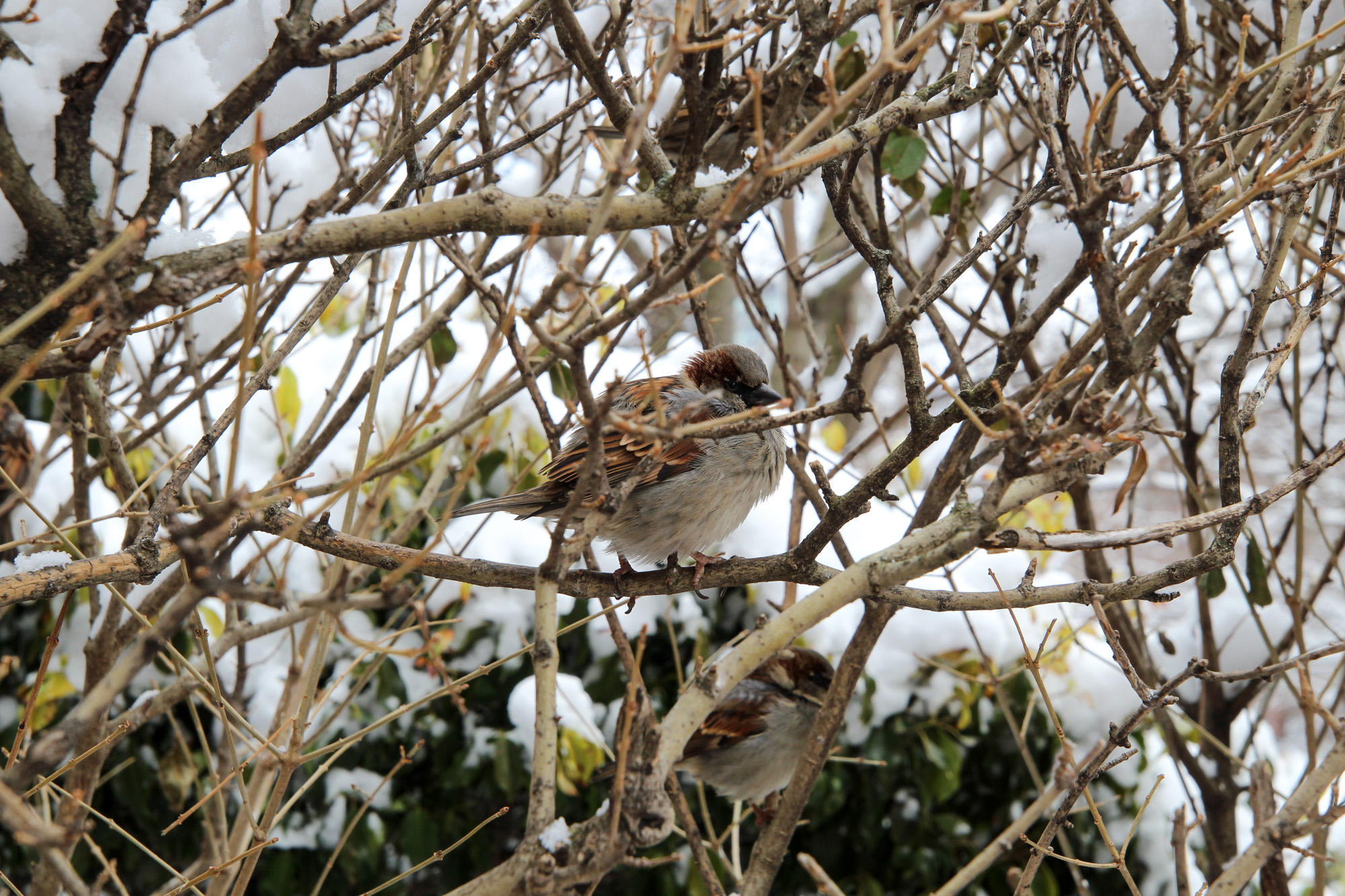
About three weeks ago, Brookline’s Department of Public Works received reports of an “unusual number of deceased birds” along the Muddy River, said Conservation and Natural Resources Manager Alex Cassie.
While the bird flu has affected many wild birds, it has also spread to humans. As of Jan. 6, 66 confirmed human cases of the H5N1 strain have been reported across the U.S., with one fatality since 2024.
Dr. Bisola Ojikutu, commissioner of public health for the city of Boston, wrote in a statement to The Daily Free Press that although bird flu rarely affects humans, those who handle birds are at higher risk.
Though no human cases have been reported in Massachusetts, other concerns remain.
Ryan McNamara, a principal research scientist in immunology and infectious diseases at Harvard University, said the virus’s spread to mammals is particularly concerning.
“What we have right now is widespread infection of bird flu, multiple spillover events into cattle that we’ve seen in the United States,” McNamara said. “The more chances you give a virus to expand its host range and spread, they’ll take it.”
There have been 41 new confirmed cases in two states in the last 30 days. Since March 25, 2024, more than 969 cattle in the U.S. have been infected with bird flu. This spread poses risks to the poultry industry, said Sigalle Reiss, director of Brookline public health and human services.
Reiss said pets consuming raw food, particularly milk from infected cows, are also at risk.
Likewise, humans who drink raw milk could be exposed to the virus, said Wendy Puryear, a scientist at the Cummings School of Veterinary Medicine at Tufts University.
“For people who are consuming raw milk, there’s the potential if it’s coming from a cow that is infected, that they’re going to be ingesting live virus,” Puryear said. “That’s a whole new exposure risk for humans that we hadn’t had before.”
David Hamer, a BU professor of global health and medicine and secretary/treasurer of GeoSentinel, a surveillance network for infectious diseases, said the virus may be able to mutate and become more transmissible to humans.
“What worries all of us is that if a virus undergoes a reassortment,” Hamer said. “It changes so that it can be more readily transmitted person to person, and then, we can have a major outbreak or even potentially a pandemic.”
In response to the growing threat, the Massachusetts Department of Agricultural Resources (MDAR) has been working with commercial flock owners to reinforce biosecurity measures, said Commissioner Ashley Randle.
MDAR has also been collaborating with the Massachusetts Department of Fish and Game and the Department of Public Health to monitor and report sick or dead birds, she said.
Additionally, the Boston Public Health Commission has been working with the commonwealth to track the virus, Ojikutu wrote.
Brookline’s DPW is working with the Boston Park Ranger staff to remove deceased birds and communicate reports, Cassie said.
Despite these efforts, preventing the spread of bird flu — particularly in wild bird populations — remains challenging and unpredictable.
“It is such an extensive problem,” Puryear said. “There’s a lot of different species that’s around the globe. You can’t go out and vaccinate all wildlife.”
However, Puryear said people can play a role in controlling the spread by taking precautions, such as keeping pets indoors, avoiding contact with dead birds and safely discarding carcasses.
Looking ahead, Puryear said she anticipates that right now is “the thick of a surge,” and predicts there will be a repetitive cycle of surges happening in the winter.
Randle said increases in bird flu are typical in the colder months, which has been seen this year. Because of this, Randle said she expects cases to be present throughout March due to many bird species’ migration cycles.
McNamara said surveillance, or closely monitoring the virus, is key in effectively preventing the outbreak.
Comparing it to the COVID-19 pandemic, McNamara said that while bird flu poses different challenges, lessons learned from COVID can strengthen prevention efforts.
“With bird flu, we know what it is. We know how to track it,” McNamara said. “Because of that, our surveillance tools are a lot better than what they were for COVID.”





